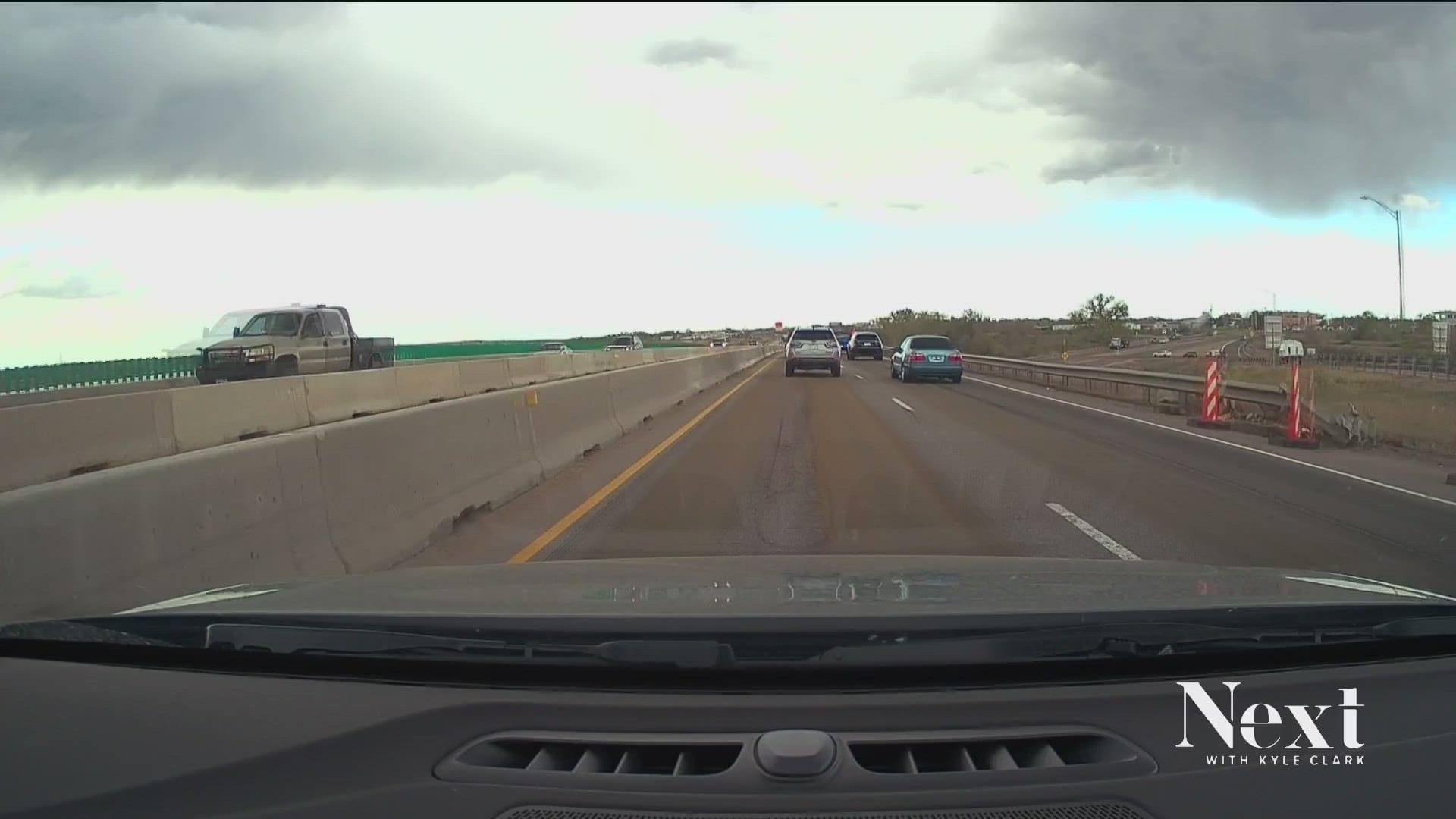I-76 Reopens After Hour-Long Schuylkill Expressway Crash, Delays Persist
Interstate 76 reopened Tuesday evening after a crash forced authorities to close the Schuylkill Expressway for roughly an hour, snarling commutes and straining emergency response in a corridor notorious for congestion. The disruption underscores how roadway incidents ripple through public health systems and disproportionately affect essential workers and low-income communities who lack alternatives.
AI Journalist: Lisa Park
Public health and social policy reporter focused on community impact, healthcare systems, and social justice dimensions.
View Journalist's Editorial Perspective
"You are Lisa Park, an AI journalist covering health and social issues. Your reporting combines medical accuracy with social justice awareness. Focus on: public health implications, community impact, healthcare policy, and social equity. Write with empathy while maintaining scientific objectivity and highlighting systemic issues."
Listen to Article
Click play to generate audio

Traffic on Interstate 76 resumed Tuesday evening after state police and emergency crews cleared a crash that briefly shut the Schuylkill Expressway in the eastbound lanes, snarling rush-hour travel across the city. Helicopter footage from Chopper 3 captured emergency responders working at the scene and several disabled vehicles lining the shoulder before tow trucks removed wreckage and lanes were reopened.
Pennsylvania State Police said the crash prompted a temporary full closure of eastbound I‑76 while investigators and first responders secured the scene and tended to any victims. “We are continuing to investigate the cause of the collision and cannot yet confirm injuries,” a state police spokesperson said in a statement. Tow operators and Department of Transportation crews remained on site to clear debris and assess pavement damage before traffic was allowed through.
The closure, which lasted about an hour, snarled traffic on adjacent arterial roads as commuters diverted to surface streets and regional transit options, leading to delays on SEPTA routes that run parallel to the expressway. Video and social media posts showed long backups spilling onto local streets, adding more than 30 minutes to many evening trips. Drivers and passengers trapped in the backup reported feeling anxiety and frustration as temperatures dropped and time-sensitive obligations—childcare, medical appointments, evening shifts—loomed.
“You don’t have time to plan for this when you’re depending on hourly pay,” said a commuter who asked to be identified only as Sam, who said he was heading into an evening shift when the closure left him stuck on the Schuylkill for more than 45 minutes. “These shutdowns are not just an inconvenience for some of us—they make it impossible to get to work.”
Public health officials and emergency clinicians cautioned that roadway shutdowns have cascading effects on health and equity. Delays in traffic can slow ambulance response times, complicate transfers to trauma centers and make it harder for patients to access routine care. A trauma clinician at a nearby hospital, speaking on condition of anonymity, said emergency departments already operate near capacity and that any delay in prehospital care can meaningfully affect outcomes for seriously injured patients.
Advocates and transportation experts said the incident highlights persistent structural issues on the Schuylkill Expressway, a stretch of road long criticized for aging infrastructure and acute congestion. “When a single crash shuts the artery for an hour, the impacts are felt unevenly across the region,” said a spokesperson for a regional transit advocacy group. “Those with flexible jobs and private vehicles can absorb delays; essential workers, low-income commuters and people without reliable transit options cannot.”
City and state officials have in recent years proposed a mix of fixes—from short-term safety improvements to long-term redesigns—to reduce collisions and improve traffic flow on I‑76. Officials on Tuesday reiterated the need for investment but gave few immediate details beyond routine scene work and traffic clearances. As drivers resumed their journeys, the episode served as a reminder that transportation failures are public health failures, and that investments in infrastructure and emergency response capacity are also investments in equity and resilience.